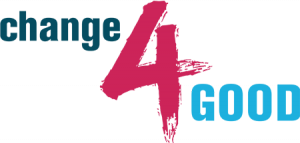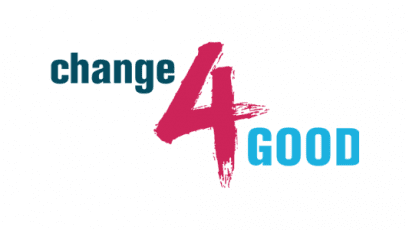Great Ideas
Make a Change for Good: Effective Math Instruction Today (Part 1)
Using what we now know to modernize elementary math instruction
This article is the first of a five-part series on using what we know to modernize effective elementary math instruction. Our series consists of:
- Part 2: Implement a “spaced” program of learning mathematical ideas over time
- Part 3: Adopt a Piagetian approach to teaching mathematics concepts and skills
- Part 4: Develop students’ mathematical language
- Part 5: Foster and use classroom discourse to modernize elementary math instruction
If you’re reading this, I suspect you learned math the same way I did. That is, highly symbolic, void of much context and discussion between learners, and worse still, with a great focus on the procedures and skills rather than an understanding of the concepts.
Well it worked for us so why change it, right? Wrong! In a nutshell, the role of the education system is to prepare our students to fit into society. Most of us had to spend many hours learning and practicing those procedures, because society at the time did not provide the technology to do the procedures for us. Today, however, computers and calculators can do computation much faster and more accurately than we can. And this technology is so readily available that it is often on our person or at least within easier reach than any paper and pencil. To make this point clear, I often say that most people I know will walk a long way to get a calculator before sitting down to use a long division algorithm.
Unfortunately, the evidence suggests that math in the USA is still being taught the same way that you and I learned it. Essentially society has moved on and the education “system” is still preparing students for yesteryear’s society. As a result, students in the United States have slipped further behind their economic peers around the world. According to the most recent Programme for International Assessment (PISA) which assesses national standings in areas such as math, reading and science, American 15-year-old students ranked 37th out of the 72 countries that participated – that’s a drop of two rankings since the previous PISA and 20 points below the Organization for Economic Cooperation and Development (OECD) average!
Effective Elementary Math Instruction Today: Something Has to Change
Put simply, we should be looking to those countries that continually outperform the US to see what they are doing right. And we should be drawing on solid research to shape our instruction in a way that we know works.
John Hattie’s (2017) groundbreaking research is a good place to start. He studied more than 70,000 education studies around the globe which gave him a sample in excess of 300 million students. In this study he was able to determine and give a numerical value for the “effect” of one year of schooling. That value is four tenths (0.4).
Put another way, after one year of schooling we would expect one year of growth and that effect size was measured at 0.4. Then he went about measuring the effect of other influences or actions. Essentially any “influence” that measured greater than 0.4 gave you a better return on your investment of time and/or money. As you would expect, there were some “influences” such as summer vacation that had a negative effect on growth. Its effect was measured at -0.02! Others had a more positive effect which gave you a great return on your investment.
Effective Math Instruction: 4 Critical, Simple Areas for Change
While much can be drawn from the results of his study, there are 4 significant “influences or actions” which are well worth exploring in more detail. Not just because they score high in terms of an effect size (proving that they do actually work), but because they are relatively easy to implement at minimum or no cost. In my opinion, these are the BIG four. These are the “influences or actions” that will make the biggest difference to instruction and therefore to student achievement in mathematics.
- Implement a “spaced” program of learning mathematical ideas over time
- Adopt a Piagetian approach to teaching mathematics concepts and skills
- Develop students’ mathematical language
- Foster discourse in the mathematics classroom
We will explore each of these influences in more detail in the next four articles in this series.
Click here to read the next article in this series.
Reference
Hattie, J., Fisher, D., Frey, N., Gojak, L.M., Moore, S.D., Mellman, W. (2017). Visible Learning for Mathematics. Thousand Oaks, CA: Corwin Press.

Click HERE to download a list of additional influences and their effect sizes!
About ORIGO Education
ORIGO Education is dedicated to making learning meaningful, enjoyable and accessible for all students and their teachers with Pre-K and Elementary print and digital instructional materials, as well as professional learning for mathematics.
![]()




